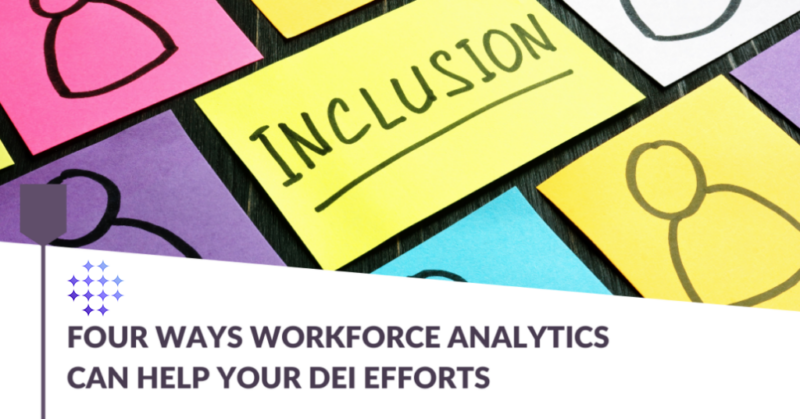Why you need a DEI survey
June 12, 2023

Whether your organization is just beginning its DEI journey, or you are reviewing your established strategy, you need to know what’s working and what is not, what is resonating and connecting with your employees, and where you may be missing opportunities.
No matter how well-considered and robust your DEI strategy and commitment might be, your employees’ responses will change over time as they react to economic, social, and cultural shifts in the world around them, as well as changes within your business.
Listening effectively to your employees is one of the most valuable things you can do to ensure your DEI strategy is making an impact. Here are three reasons why listening should be a core part of your DEI work.
- It is an act of inclusion: it fosters a sense of belonging and respect by demonstrating that everyone’s perspective is valued.
- It allows you to understand what is happening at all levels of the organization, ensuring your DEI strategy is addressing your employees’ day-to-day experiences.
- It enables you to assess what is working and build on those successes, and to step away from activities that are not making an impact.
But listening to your employees and capturing data that provides the answers you need is not as simple as it sounds.
Moving beyond the employee engagement survey
There are lots of different ways to listen to your employees.
One of the most common is the employee engagement survey. While this is a useful tool to assess engagement, it isn’t an effective way to listen and understand the nuances of what your employees are experiencing.
But this doesn’t mean that surveys are not useful. A DEI survey can help you identify your strengths and weaknesses in diversity, equity, and inclusion. It can provide a more thorough diagnosis of the DEI issues your organization is facing. It can also give you the information you need to make long-term decisions that will drive greater positive impact.
What is a DEI survey?
A DEI survey is a stand-alone employee survey. It focuses solely on DEI issues and is designed to help you understand your employees’ experiences in greater depth and detail than an employee engagement survey. These surveys will help you understand how your employees feel, their experiences, and how different initiatives might be impacting their perceptions.
There is no typical list of questions for DEI surveys. It is important that they are relevant to your organization’s unique situation, the decisions you need to take, and the actions that you are considering as part of your DEI strategy. The whole point of an effective DEI survey is that it is not one-size fits all. It is vital to measure what matters most to your organization.
How can a DEI survey help my organization?
A DEI survey can help your organization:
- Identify your organization’s diversity, equity, and inclusion strengths and weaknesses
- Understand different perspectives and experiences within your organization. For example, you can compare data based on where employees are located, their position within the organizational hierarchy, and by dimensions of diversity including race, gender, and age.
- Gain insight into the meaning behind employee perceptions.
- Amend, develop, or pivot to take meaningful action that will drive results for your people and your organization as a whole
- Set a baseline to measure progress against
Conclusion
DEI is an increasingly important factor when considering job opportunities and in minimizing attrition. More than ever, today’s employees have expectations of equity and inclusion in the workplace. Listening to them in a way that enables your organization to respond to DEI issues effectively is becoming a core driver for survival and success.


